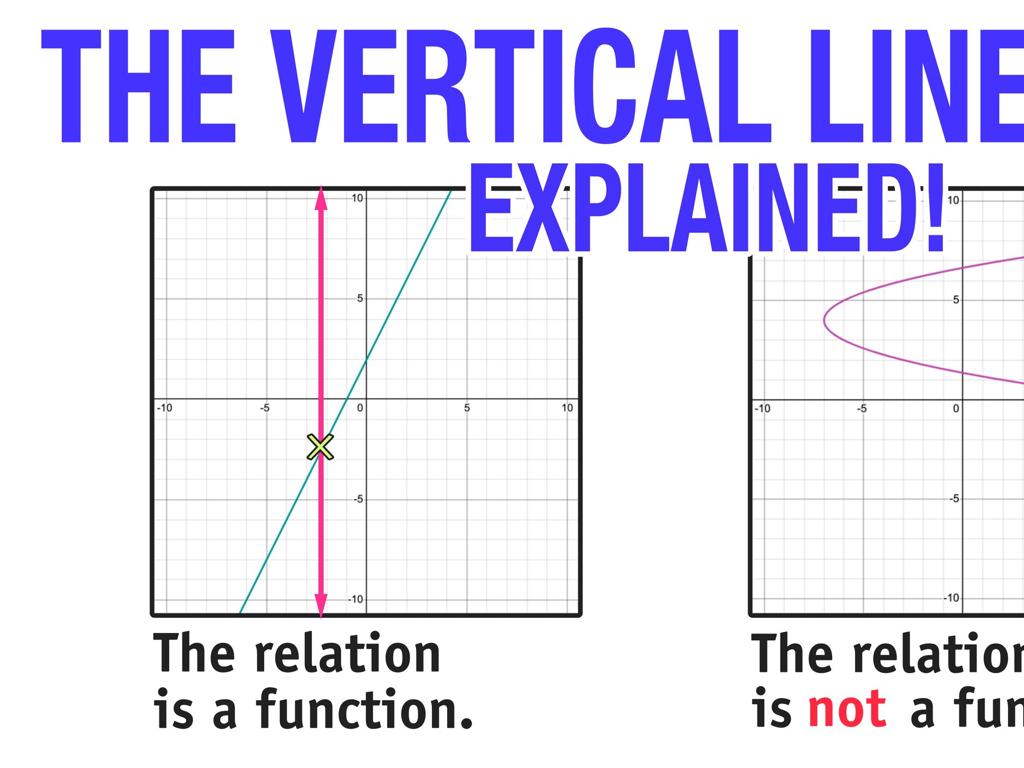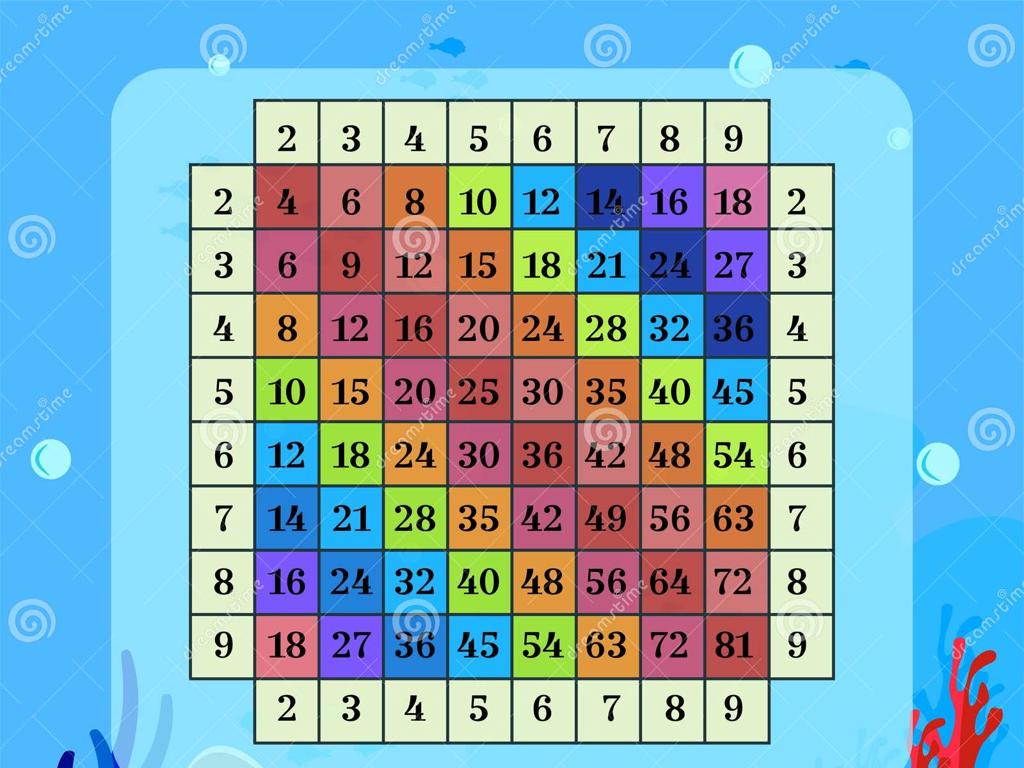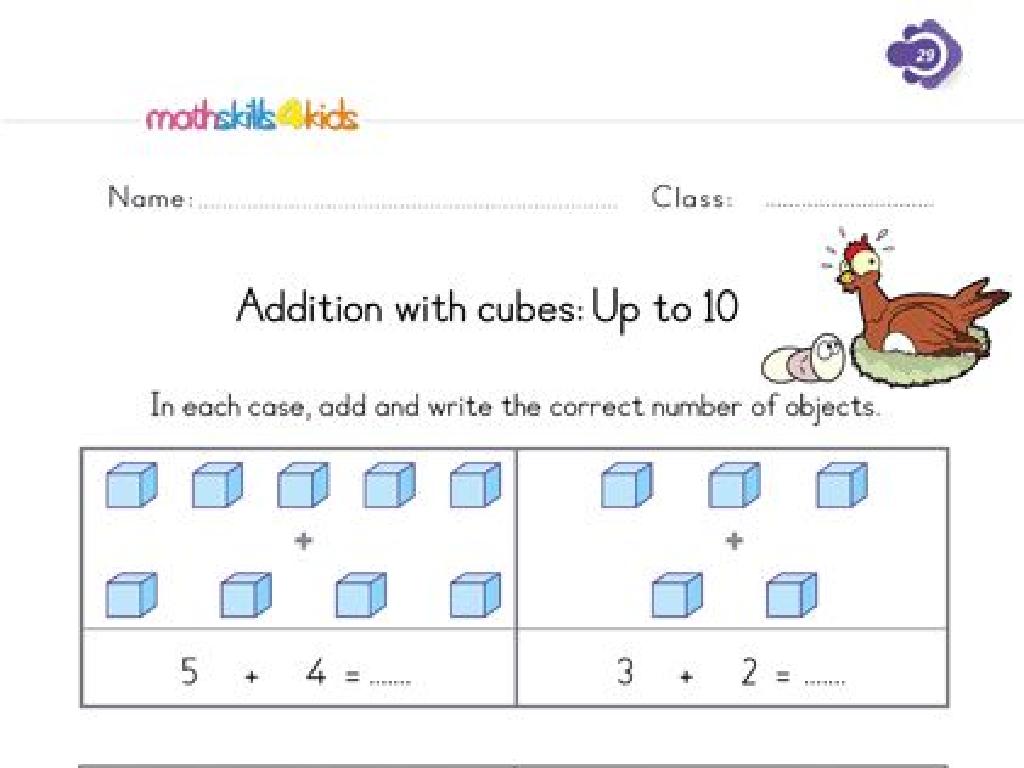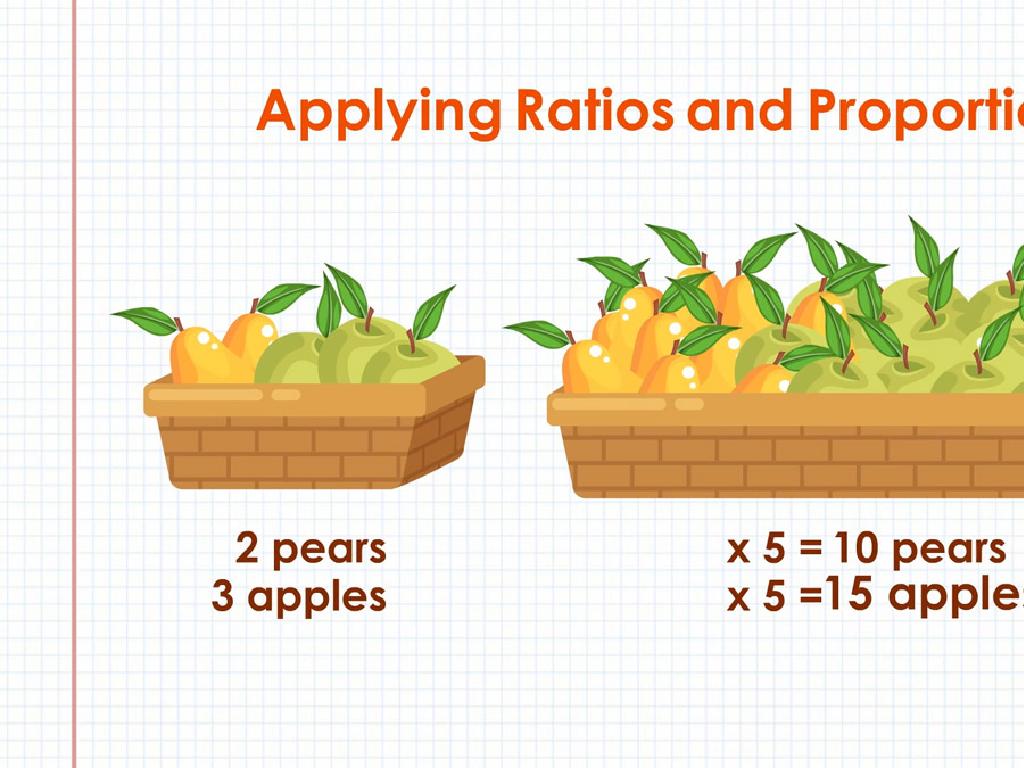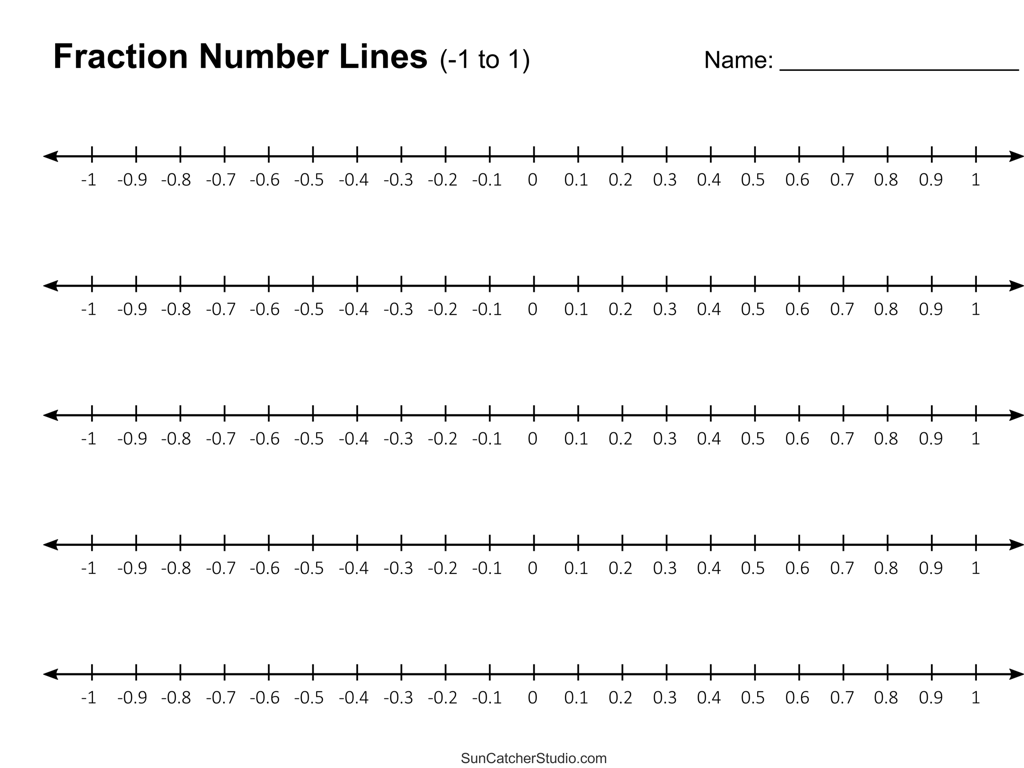Plant Cell Diagrams: Label Parts
Subject: Science
Grade: Sixth grade
Topic: Cells
Please LOG IN to download the presentation. Access is available to registered users only.
View More Content
Exploring Plant Cells: The Basics
– Cells: Life’s building blocks
– Plant vs. Animal cells
– Plant cells have a cell wall and chloroplasts, unlike animal cells.
– Focus: The Plant Cell
– We’ll dive into the structure of plant cells.
– Key parts to label
– We’ll identify and label parts like the nucleus, cell wall, and chloroplasts.
|
This slide introduces the fundamental concept of cells as the building blocks of all life forms. Highlight the unique features of plant cells, such as the presence of a cell wall and chloroplasts, which differentiate them from animal cells. The focus of today’s lesson is on the plant cell, where students will learn about its structure and function. They will be guided to identify and label the various parts of a plant cell, such as the nucleus, cell wall, chloroplasts, mitochondria, and vacuoles. Emphasize the importance of each part in the overall functioning of the cell. Provide clear diagrams for students to practice labeling and ensure they understand the role of each component.
Exploring Plant Cells
– Define plant cells
– Basic building blocks of plant life, containing vital components for survival.
– Main parts of a plant cell
– Cell wall, chloroplasts, vacuole, and nucleus are key parts to identify.
– Plant cells’ role in photosynthesis
– Chloroplasts in plant cells capture sunlight to produce food through photosynthesis.
– Significance in ecosystems
|
This slide introduces the concept of plant cells, which are the fundamental units of structure and function in plant life. Emphasize the importance of plant cells in sustaining not just the plants themselves but also the ecosystems they are a part of. Highlight the main parts of a plant cell, including the cell wall, chloroplasts, vacuole, and nucleus, and explain their functions briefly. Discuss the critical role of plant cells in photosynthesis, the process by which plants convert light energy into chemical energy. This process is essential for the survival of plants and all living organisms that rely on plants for oxygen and food. Encourage students to think about how plant cells contribute to the larger environmental context.
Exploring Plant Cell Parts
– Cell Wall: Support and protection
– A rigid layer that gives the cell its shape.
– Cell Membrane: Gatekeeper of the cell
– It regulates what enters and leaves the cell.
– Nucleus: Command center
– Contains DNA, directing cell activities.
– Chloroplasts: Photosynthesis sites
– Where sunlight is converted into energy.
|
This slide introduces students to the basic components of a plant cell and their functions. The cell wall is a sturdy layer that protects the cell and maintains its shape. The cell membrane controls the movement of substances in and out of the cell, acting as a selective barrier. The nucleus is the brain of the cell, housing genetic material and orchestrating cell processes. Chloroplasts are unique to plant cells and are the location where photosynthesis occurs, converting sunlight into chemical energy. Encourage students to draw and label these parts in a plant cell diagram and to think about the role each part plays in the life of a plant.
Exploring More Plant Cell Parts
– Mitochondria: Cell’s Powerhouse
– Converts nutrients into energy for the cell
– Vacuoles: Cellular Storage Bins
– Stores water, food, waste, and more
– Endoplasmic Reticulum: Production Line
– Where proteins and lipids are made
– Golgi Apparatus: Shipping Department
– Modifies, sorts, and packages proteins
|
This slide delves deeper into the specialized structures within plant cells. Mitochondria are organelles that convert chemical energy from food into a form that the cell can use. Vacuoles are large sacs that store various substances needed by the cell. The endoplasmic reticulum is a network of membranes involved in protein and lipid synthesis, while the Golgi apparatus modifies, sorts, and packages these proteins for transport. It’s crucial to emphasize the role each part plays in the cell’s survival and function. Use analogies like a power plant for mitochondria or a warehouse for vacuoles to make the information more relatable to sixth-grade students. Encourage students to draw and label these parts in a plant cell diagram and to think of their functions in the context of a factory or a city.
Understanding Plant Cell Functions
– Explore plant cell parts
– Each part plays a role in cell survival, like mitochondria for energy
– Compare plant and animal cells
– Plant cells have cell walls and chloroplasts, unlike animal cells
– Significance of cell wall
– The cell wall provides structure and protection
– Role of chloroplasts
– Chloroplasts enable photosynthesis to make food
|
This slide aims to deepen students’ understanding of plant cell structures and their functions. Highlight how each organelle contributes to the cell’s survival, such as the mitochondria’s role in energy production. Draw comparisons between plant and animal cells, noting the unique presence of a cell wall and chloroplasts in plant cells. Discuss the cell wall’s function in providing rigidity and protection, and the chloroplast’s role in photosynthesis, which is crucial for the plant’s ability to produce its own food. Engage the class in an interactive discussion on why these structures are essential for plants, relating to their environment and survival needs. Encourage students to think critically about the adaptations that enable plants to thrive.
Plant Cell Labeling Exercise
– Label plant cell parts together
– Use our knowledge to identify parts
– Understanding cell structure
– Recognize parts like the nucleus, chloroplasts, and cell wall
– Interactive class activity
– We’ll label a diagram as a class and discuss each part’s function
|
This slide introduces an interactive labeling exercise for the class. The goal is to reinforce the students’ understanding of plant cell anatomy through a hands-on activity. Students will use their prior knowledge from previous lessons to identify and label the different parts of a plant cell, such as the nucleus, chloroplasts, cell wall, and more. This activity will help solidify their understanding of the cell’s structure and the role each part plays in the life of a plant. Teachers should prepare a large diagram of a plant cell with labels that can be attached to the corresponding parts. Encourage students to participate and facilitate a discussion about the function of each cell component as it is labeled.
Class Activity: Build a 3D Plant Cell Model
– Craft a 3D plant cell model
– Group presentations of the model
– Explain each cell part’s function
– Reinforce plant cell structure knowledge
|
This class activity is designed to provide a hands-on learning experience. Divide the class into small groups and provide a variety of craft materials such as clay, beads, pipe cleaners, and construction paper. Each group will construct a 3D model of a plant cell, identifying and labeling the different parts such as the nucleus, cell wall, and chloroplasts. After completing the model, each group will present their creation to the class, explaining the function of each labeled part. This activity will help students visualize the components of a plant cell and understand their functions in a memorable way. Possible variations of the activity could include using different materials, focusing on creative presentation styles, or assigning specific cell parts to ensure all are covered.
Plant Cell Diagrams: Review & Q&A
– Recap of plant cell parts
– Review the functions of organelles like the nucleus, chloroplasts, and cell wall.
– Open floor for questions
– Discuss real-life applications
– How plant cells contribute to photosynthesis and the oxygen we breathe.
– Encourage curiosity and understanding
|
This slide aims to consolidate the students’ knowledge from the lesson on plant cell diagrams. Begin with a brief review of the key parts of a plant cell and their functions. Encourage students to ask any questions they may have, providing clarifications where needed. Highlight the importance of plant cells in everyday life, such as their role in producing oxygen through photosynthesis. Use this opportunity to foster a deeper interest in plant biology and to remind students that understanding cells is fundamental to all life sciences. Prepare to give examples of how plant cell structures are crucial for plant functions that impact our ecosystem and food supply.
Homework: Dive into Plant Cells!
– Complete cell labeling worksheet
– Research an organelle for presentation
– Choose any organelle, like the nucleus or chloroplast, and learn about its function.
– Reminder: Bring craft supplies
– Get ready to build a cell model
– We’ll use materials like clay and construction paper to create our own plant cell models.
|
This homework assignment is designed to reinforce the students’ understanding of plant cell structure and function. The labeling worksheet will help them memorize the different parts of the cell. Encouraging them to research a specific organelle will deepen their knowledge and presentation skills. Lastly, remind students to bring in various craft materials for a hands-on activity where they will build a 3D model of a plant cell. This will help them visualize and better understand the cell’s components. Possible craft materials include clay, beads, yarn, and construction paper. Be prepared to assist students in identifying appropriate materials to represent each organelle.

